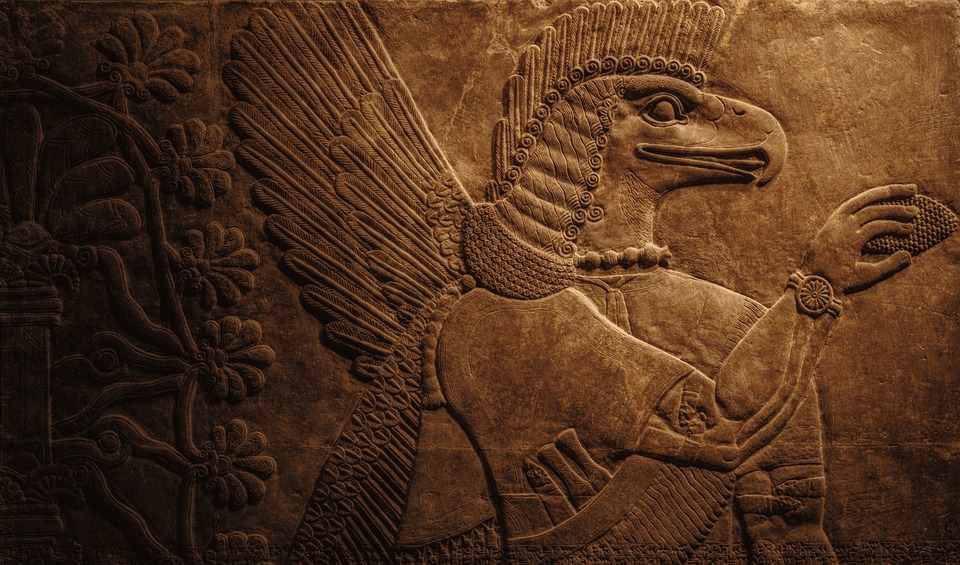
The role of women in temples from ancient times to the present has been a topic of debate and discussion for centuries. Throughout history, women have played various roles in the context of temples, ranging from being worshipped as goddesses to being excluded from certain religious practices and leadership positions. This essay will provide an overview of the historical context of women’s roles in temples, as well as explore the recent initiatives that have been implemented to promote gender equity in temple settings.
Historical Context
The role of women in temples has varied across different civilizations and time periods. In ancient India, women played a significant role in religious ceremonies and were often worshipped as goddesses. In fact, some of the most important Hindu deities, such as Durga, Kali, and Lakshmi, are female. However, despite the veneration of female deities, women were often excluded from certain religious practices and leadership positions. For example, women were not allowed to recite the Vedas, the most sacred texts of Hinduism, until the 20th century.
In ancient Greece, women were also involved in religious practices, but their roles were limited to certain functions. For example, women were allowed to participate in the Eleusinian Mysteries, a religious festival dedicated to the goddess Demeter, but they were not allowed to hold any leadership positions within the festival. Similarly, in ancient Rome, women were not allowed to hold priestly positions in the state religion, but they could participate in private religious ceremonies within their households.
In Christianity, women were also limited in their roles within the church. Although women played important roles in the early Christian church, as evidenced by the presence of female apostles and martyrs, they were gradually excluded from leadership positions as the church became more organized. By the Middle Ages, women were no longer allowed to be ordained as priests, and their roles within the church were restricted to activities such as nursing and teaching.
Recent Initiatives
Despite the historical limitations on women’s roles in religious settings, recent initiatives have been implemented to promote gender equity in temple settings. One such initiative is the Women’s Leadership Institute (WLI), which was established in 2016 by the Hindu American Foundation (HAF) in the United States. The WLI is designed to empower Hindu women and girls to take on leadership roles within their communities, including within temple settings. The institute offers leadership training, mentorship, and networking opportunities to help women develop the skills and confidence they need to become effective leaders.
In India, several initiatives have been implemented to promote gender equity in temple settings. One such initiative is the Shani Shingnapur temple in Maharashtra, which in 2016, after a long legal battle, finally allowed women to enter and worship in the inner sanctum of the temple. Previously, women were only allowed to worship in the outer areas of the temple. This decision was hailed as a victory for gender equity and women’s rights.
Another initiative in India is the Women’s Wall, which was formed in 2018 to promote gender equity in temples and other public spaces. The Women’s Wall is a human chain formed by women, which stretches for over 600 kilometers across the state of Kerala. The chain was formed on January 1, 2019, and aimed to send a message of gender equality and women’s empowerment. The Women’s Wall has since become an annual event, and it has inspired similar initiatives in other parts of the world.
In the United States, several initiatives have been implemented to promote gender equity in temple settings. One such initiative is the Women’s March, which was first held in January 2017 in response to the election of President Donald Trump. The Women’s March aimed to promote women’s rights and gender equity, and it quickly became a global movement.
While the Women’s March was not specifically focused on temple settings, it brought attention to the broader issue of gender equity and paved the way for more targeted initiatives in the future.
Another initiative in the United States is the Women’s Leadership Project (WLP), which was founded in 2005 to promote gender equity in religious organizations. The WLP is a collaborative effort between several universities and religious organizations, and it aims to provide training and support to women who want to take on leadership roles within their religious communities. The WLP also conducts research on gender and religion, and it advocates for policies that promote gender equity in religious organizations.
In addition to these initiatives, many temples and religious organizations have taken steps to promote gender equity on their own. For example, some temples have established women’s councils or committees to promote women’s involvement and leadership within the temple. Other temples have implemented policies to ensure that women are treated equally in all aspects of temple life, including worship and leadership positions.
Despite these initiatives, however, there is still much work to be done to promote gender equity in temple settings. In many parts of the world, women continue to face discrimination and exclusion from religious practices and leadership positions. To address this issue, it is important for individuals, organizations, and governments to continue to work together to promote gender equity and empower women to take on leadership roles within their communities.







